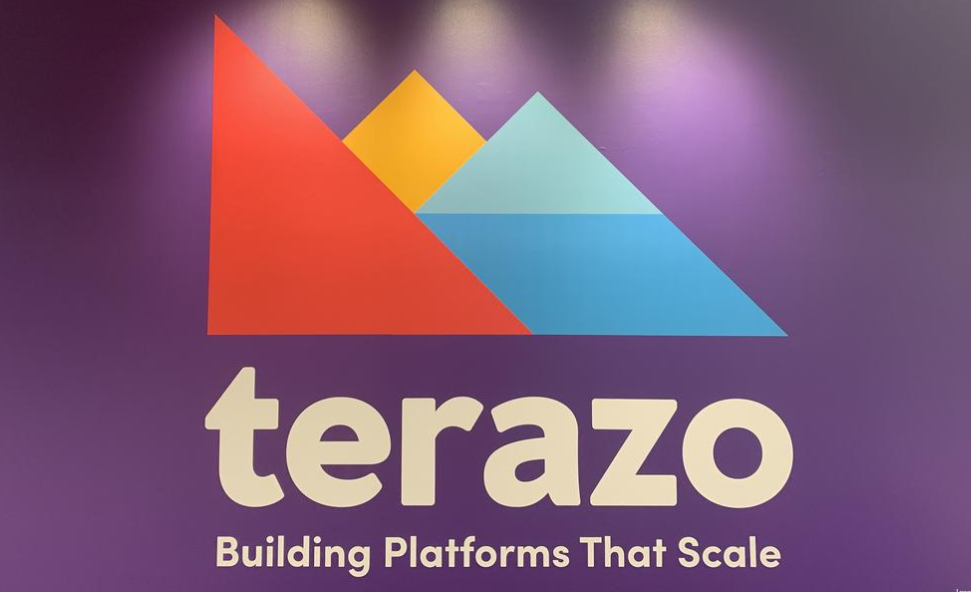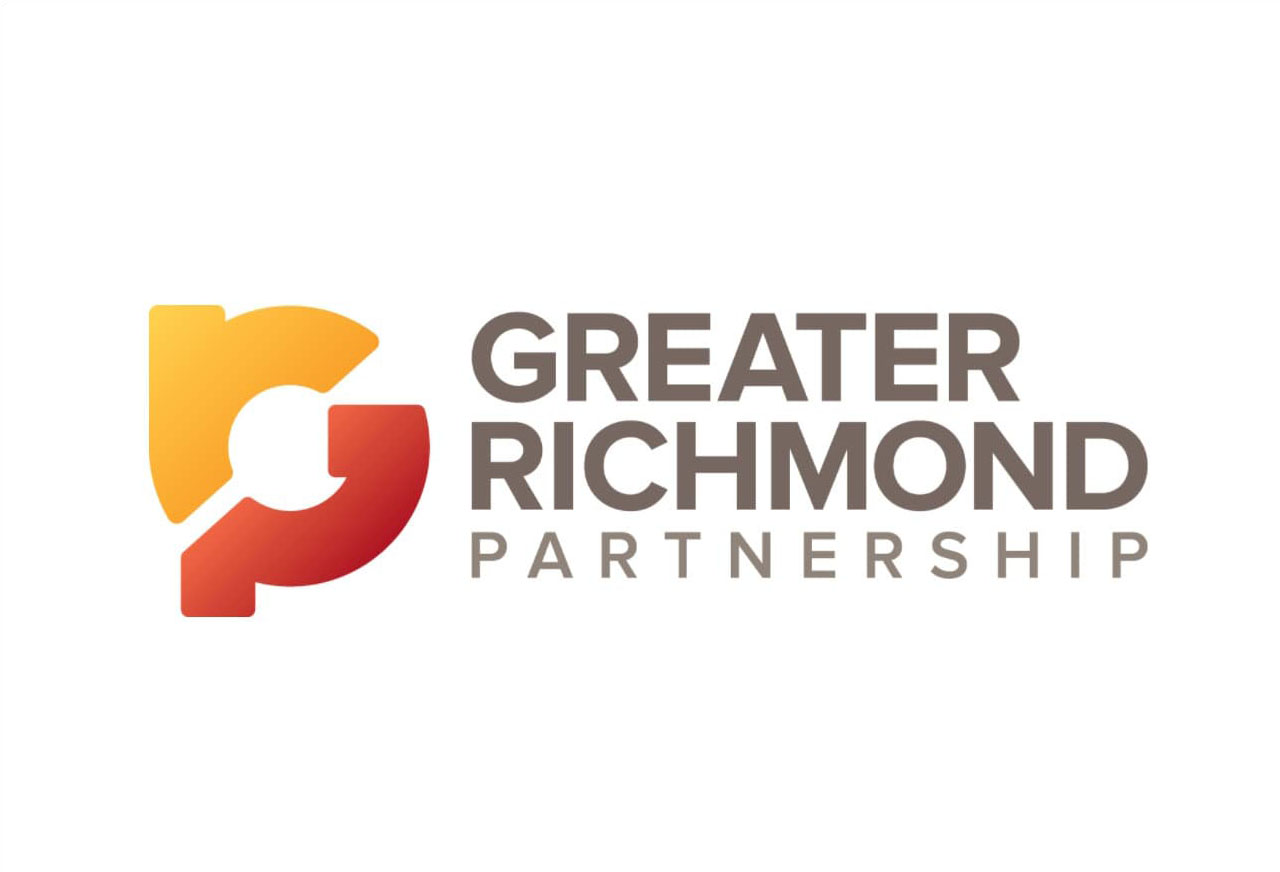
News
News | 8 min read
May 15, 2015

Inventions come from all sorts of people, places and circumstances, though it seems that most of the patentable ones these days arise from the research labs of big companies.
Yet some inventions still are born from one person’s eureka moment during an otherwise routine activity, such as during bath time for the children at home.
That’s how Joy Jones of Richmond got the idea for her recently patented product called the Shelfie.
Jones is the mother of two young girls — Jasper and Reece — who are only about a year apart . When they were toddlers a few years ago, Jones was vexed by how much water that got splashed out of the tub during the girls’ bath time.
Her solution was to design a plastic shelf that fits on the side of the tub, providing a place for the kids to put their bath toys. Jones designed the shelf to fit at a slight angle, so that water drains back into the tub instead of onto the bathroom floor.
“I was not the first person to acknowledge that kids spilling water out of the bathtub at bath time is a problem,” Jones said. “There have been other people who tried to devise ways to solve the problem.”
“That being said, my design was unique,” she said.
Jones now has a contract manufacturer for the Shelfie, and she is selling it online and at specialty toy stores.
With help from local attorney Brian J. Teague of Patent Law of Virginia, she also received a design patent for the Shelfie from the U.S. Patent and Trademark Office. A design patent offers some protection for her product from being copied by others, though not as extensive protection as a utility patent, which is the most common type of patent issued for new inventions.
Just winning a patent does not guarantee success for a product. Jones pursued commercialization of the Shelfie while the patent was pending.
Her journey from having the idea for the Shelfie to developing a prototype, finding a manufacturer and actually having a product to sell at retail took about two years.
“It is almost impossible to have a full appreciation for what you are getting into on the front end when you think you have a great idea,” Jones said. “It takes a lot of time, and there are investments and risks that go into it.”
The lone inventor who has a great idea, gets it patented and then goes on to be successful with that product is the exception to the rule, experts say.
Teague, the patent attorney who helped Jones, said he is very upfront with potential new clients about the challenges, costs and risks of getting an invention patented and getting it commercialized.
“The individual inventors who succeed — not only do they have a good idea for something that can be made at a good price — they also have to be very hardworking and fairly smart business people,” he said.
Teague pegged the cost of obtaining a patent at $8,000 to $12,000.
“You can get it done cheaper, or you can pay a whole lot more than that,” he said.
It may take three years or more for the U.S. Patent Office to approve a patent, so most inventors opt to move ahead with commercialization if they can, before a patent is issued.
Teague suggests that people interested in invention and patenting get involved with an inventors network, such as the Virginia Innovators Network, a local group that meets monthly, usually at the 804RVA shared workspace.
***
In the Richmond area, the patenting game is dominated by large businesses and institutions with significant research infrastructure.
About 380 patents were issued to inventors, businesses and research institutions in the Richmond region in 2014, a review of U.S. Patent and Trademark Office records show.
Of those, more than half — about 195 — went to just six companies that have research and development operations in the region.
Those big players are tobacco giant Altria Group Inc., parent company of Philip Morris USA; diversified manufacturers DuPont Co. and Honeywell International Inc.; packaging maker MeadWestvaco Corp.; appliance maker Hamilton Beach Brands Inc.; and fuel additives maker Afton Chemical Corp., a subsidiary of Richmond-based NewMarket Corp.
The companies are all based in the area except for DuPont and Honeywell, which have manufacturing and research operations here.
Of all the patents issued in the region in 2014, less than 10 percent — only about 30 — went to individual inventors.
Those patents to individuals covered a diverse range of inventions, such as a “dental sanding device,” a “nut shelling machine and method,” a “tactical stretcher and convertible first aid table” and a “disposable protective toilet seat cover,” according to the patent office records.
Richmond-area residents also were listed as inventors on about 70 patents issued in 2014 to companies with headquarters outside the region and business operations mostly elsewhere.
For instance, local inventors contributed to dozens of patents received by companies such as IBM Corp., Hewlett-Packard, Yahoo and Northrop Grumman Corp.
***
Manufactured products and manufacturing-related processes are the main focus of patents awarded to companies in the Richmond area.
The largest recipient of patents in the Richmond region in 2014 was Altria. The company and its subsidiaries were awarded about 60 patents in 2014.
About 15 other companies that are based in the Richmond area or have major operations here were awarded between two and 10 patents each in 2014, for inventions that local residents had a role in developing.
An additional 22 companies based in the region received just one patent each in 2014. Most of those also had local inventors.
Altria’s enormous collection of patents covered everything from manufacturing processes to agricultural processes and new types of tobacco or tobacco-related products.
For instance, the company received patents for an “oral chewable tobacco product and method of manufacture thereof” and an “electrically heated smoking system.”
Altria and other companies don’t discuss their patents for competitive reasons.
While the manufacturing industry gets most of the patents, the Richmond region does have a solid group of businesses and institutions that get patents in other fields, such as finance and health care.
Capital One Financial Corp., for instance, was awarded nine patents in 2014 for which Richmond-area employees of the bank and credit-card issuer were listed as inventors. Henrico County-based insurer Genworth Financial Inc. received three patents.
Virginia Commonwealth University received 11 patents for discoveries made by researchers at the university. Most of the patents were related to health care and medicine.
For instance, the university received a patent for a protein for use as a vaccine and diagnostic for Lyme disease, and another patent covered methods for developing an artificial immune system that could be used for in vitro testing of vaccines, cosmetics, drugs, biologics and other chemicals.
Getting a patent doesn’t mean that an invention will become a commercial product. Some patents will be turned into products or services and sold or used commercially. Others won’t.
***
One local individual inventor who has been able to find a commercial market for his patented inventions is Daniel Bennett of Hopewell.
Bennett, who has worked in the carpet retailing and carpet installation business for many years, holds several patents on methods for improving carpet installation, which he has been able to sell to other companies.
“It has been very successful,” Bennett said. He said he has about 30 inventions in all, most of which will never be commercialized, but which he uses himself.
Bennett attributes his best ideas to experience, and prayer.
“The secret is to write down everything that bothers you,” he said. “From that, inventions will grow if you just think outside the box.”
Jones, the inventor of the Shelfie, said she is now selling the product at about a dozen retail stores here and elsewhere. Local stores include World of Mirth, The Toy Center and Tinker & Co.
She is attending trade shows, getting some interest from major retailers for the product, and she is expecting it will be included in a major children’s product catalog soon.
Jones, who was a lobbyist before starting her family, said the whole process has been “a learning curve for me.”
Copyright Richmond Times Dispatch. Used by permission.